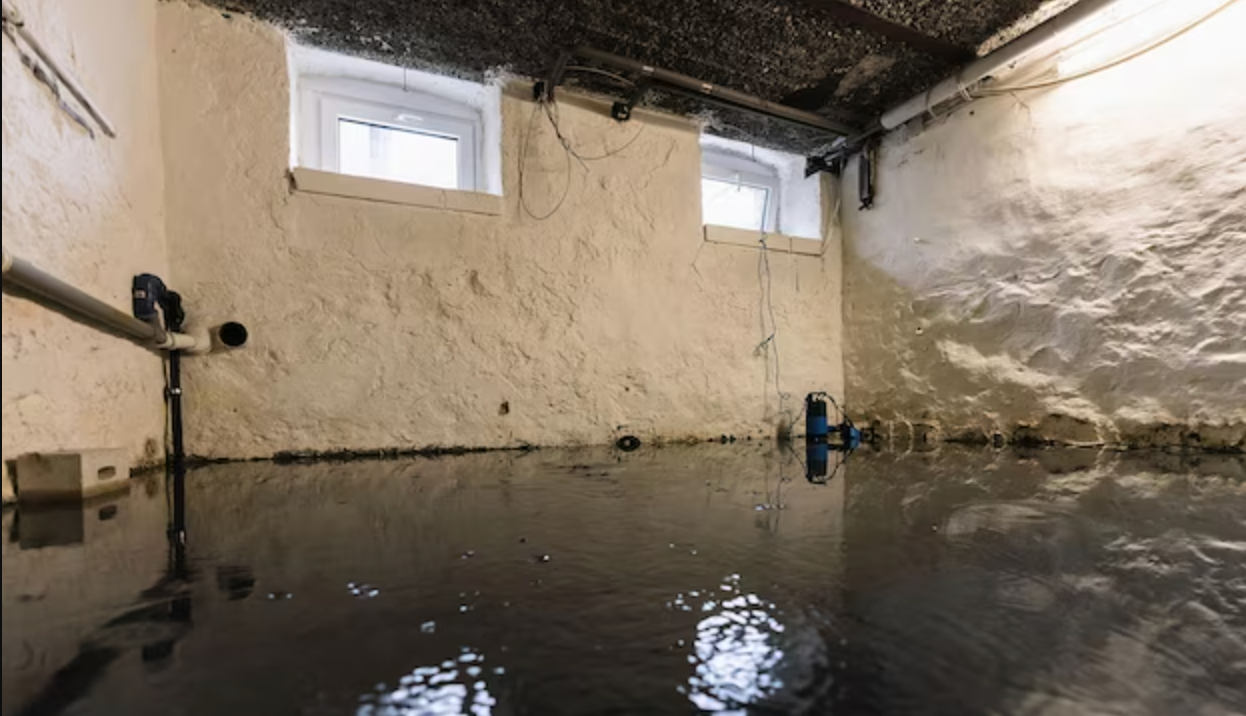Understanding the Causes of Basement Flooding
A flooded basement can occur for a variety of reasons, from heavy rainfall and melting snow to plumbing failures and poor drainage systems. When water seeps through cracks in the foundation or overflows from clogged gutters, it can quickly turn a basement into a disaster zone. Identifying the root cause is crucial to prevent recurring issues. Homeowners should regularly inspect sump pumps, downspouts, and foundation walls to detect early warning signs before severe flooding happens.
Immediate Steps to Take After Flooding
Once you discover your basement is flooded, safety should be your first concern. Turn off electricity to avoid electrical hazards, and wear waterproof boots and gloves before entering the area. It’s important to stop the source of water if possible, whether by shutting off a broken pipe or diverting exterior runoff. Removing standing water quickly with pumps or wet vacuums can minimize long-term damage. The sooner you act, the easier it is to protect your belongings and the structural integrity of your home.
Dealing with Water Damage and Cleanup
After removing the water, drying out the basement is the next essential step. Use dehumidifiers, fans, and open windows to circulate air and speed up the drying process. Carpets, furniture, and drywall that have been soaked for too long often need to be discarded to prevent mold growth. Sanitizing the area with disinfectants helps eliminate bacteria and odors. Hiring professional water damage restoration services can ensure deep cleaning and moisture removal, reducing the risk of future complications.
Preventing Mold and Structural Issues
One of the biggest threats after a flood is mold growth, which can develop flooded basement within 24 to 48 hours. Mold not only damages surfaces but can also cause health problems such as allergies and respiratory issues. To prevent it, ensure the basement remains completely dry and well-ventilated. Applying mold-resistant paint and sealing foundation cracks are long-term solutions. Regular maintenance of sump pumps and drainage systems can also reduce the chance of water buildup during heavy storms.
Long-Term Prevention and Protection
Prevention is always better than cleanup. Installing a sump pump with a battery backup, improving grading around the home, and sealing basement walls can all help safeguard your property from future flooding. Additionally, consider investing in flood insurance, especially if your home is in a flood-prone area. Regular inspections and proactive home maintenance can make a significant difference in avoiding costly repairs and stress. By taking preventive measures, you can keep your basement dry, safe, and ready for use year-round.

